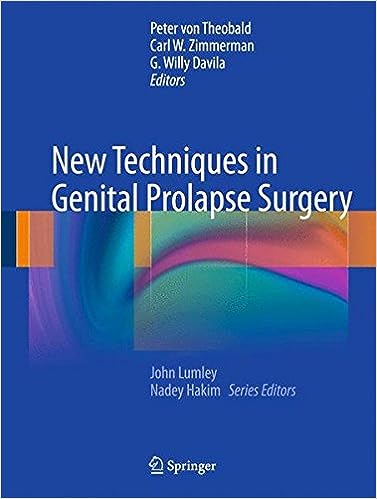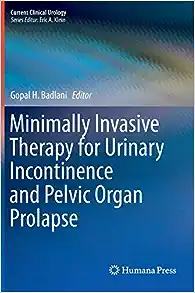Editore : Springer Nature; 1° edizione (1 aprile 2010)
Lingua : Inglese
Copertina rigida : 310 pagine
ISBN-10 : 1848821352
ISBN-13 : 978-1848821354
Format: ebook/pdf
New Techniques in Genital Prolapse Surgery:
$29.00
Approximately 11% of women have undergone surgery for a genital prolapse by the age of 80 and these procedures are now among the most common and frequent operations in females after hysterectomy and c-section. As life expectancy increases and as patients demand a higher quality of life, the number of patients (and surgeons) concerned with this issue is growing. Many of the common techniques for prolapse repair are unchanged since the end of the 19th century when most of the techniques were established.
If the 80’s and 90’s were the years of the laparoscopic surgery revolution, the new millennium has started with the urogynaecologic surgery revolution, but there is a difference. While laparoscopic surgery was trying to mimic the same techniques as traditional surgery through a new approach, the new prolapse surgery is trying to modify dramatically the traditional techniques through the same incision.
Application of mesh to other areas of surgery for prolapse repair was a logical consequence of the success of TVT and SUI (Tension-free Vaginal Tape and Stress Urinary Incontinence) surgery. Mesh procedures started becoming popular in the new millennium and aimed to be less invasive and more efficient than the traditional techniques. After 5 years of evolution, standardized techniques have emerged for cystocele repair, vault prolapse suspension, and enterocele and rectocele repair. A high interest for these new techniques is shown by all pelvic floor surgeons including those who were the pioneers of the procedures, those already using these techniques, those who are still afraid to use them, and those who are hostile because of allegiance to the technique of plication.
Surgeons need information about mechanically superior anatomically restorative pelvic organ prolapse procedures. Most of the papers published in the concerned journals (IUJ for example) are on this subject, but to date, no book has been published. It is time now for a well-researched title containing simple, practical, and useful information written by international experts in this field.





